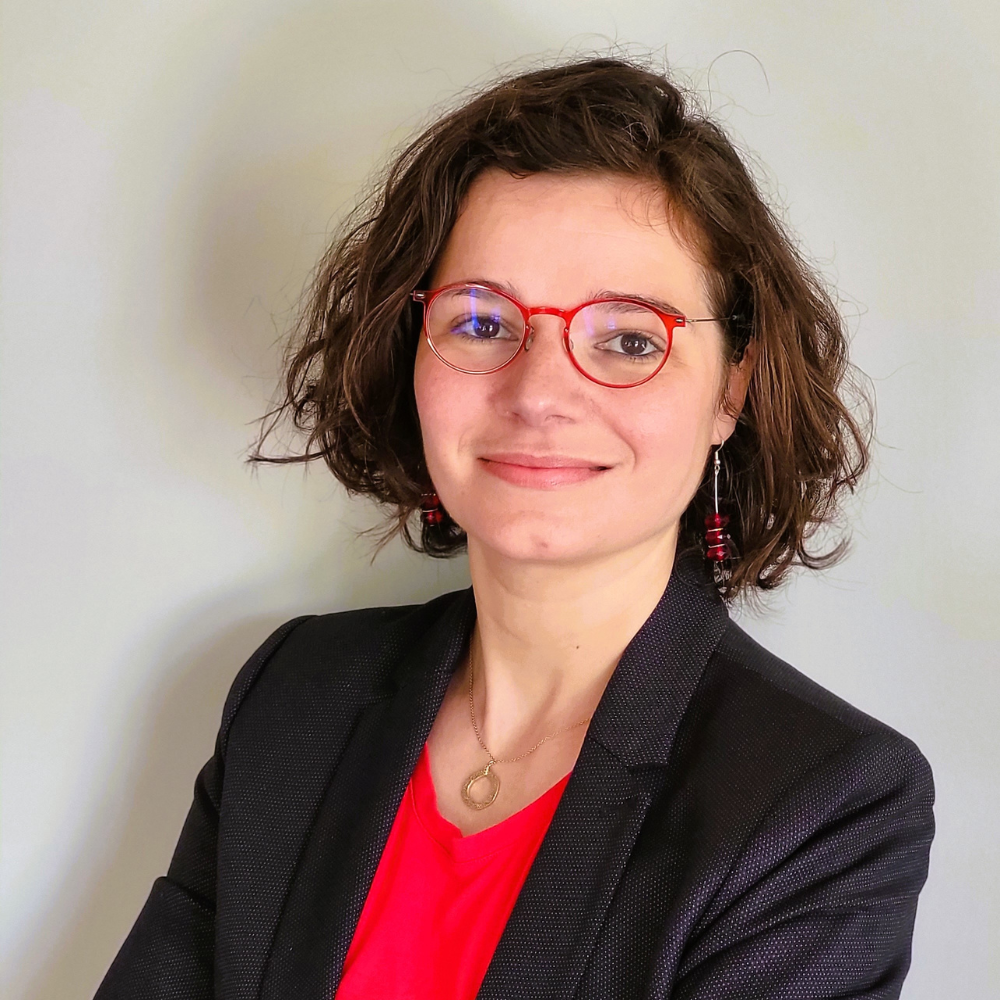“Manufacturing a healthy future” European AM training programme and challenge for primary school teachers & pupils
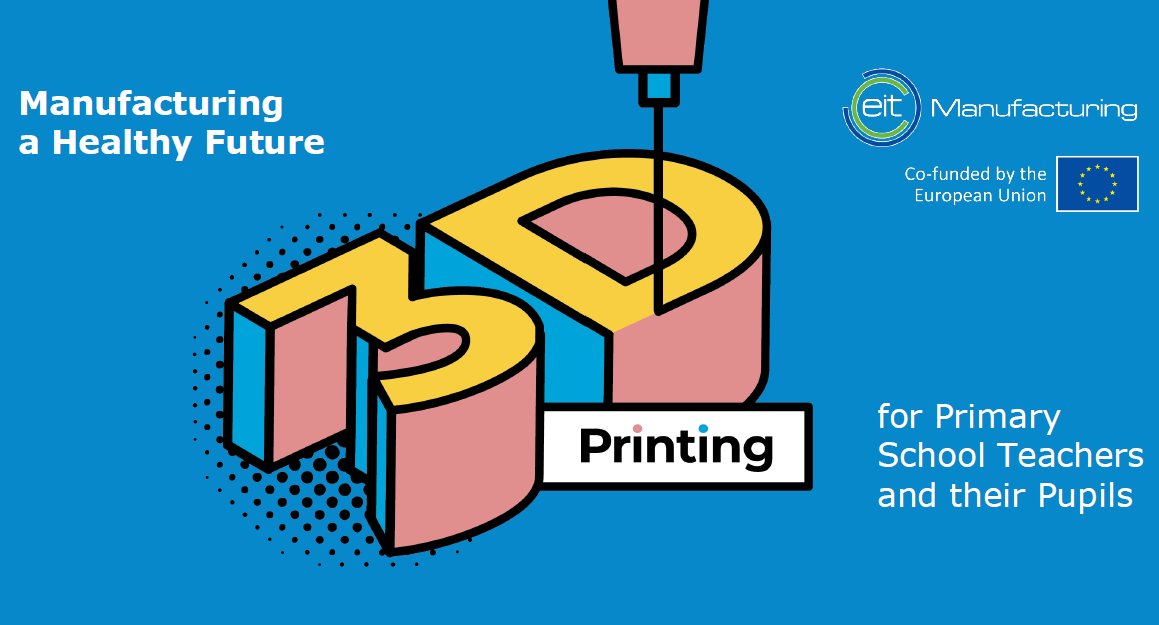

Acronym
AMHealthyFuture
Started
1st January 2023
Ends
31st December 2024
Budget
€227 745
Strategic Objective
Put People at the center of manufacturing innovation
Sector
Upskilling
Activity Leader
Michael Golden
Education and Public Engagement Manager
I-Form Research Centre, University College Dubline
About the project
AM Healthy Future focuses on strengthening the engagement of primary schools with science, technology, engineering and maths (STEM) and manufacturing. It consists of two main components
(1) delivery of a 3D printing training programme to primary school teachers,
(2) delivery of a 3D printing competition for primary pupils aged 7 to 11 years.
The training programme provides teachers with the learning outcomes needed to use a 3D printer and design software in the classroom. Sustainability aspects are also incorporated into the training.
The overall objectives of the project are to:
- provide a positive perception of the manufacturing industry and its exciting career opportunities,
- address skills shortages by feeding the pipeline for future talent in advanced manufacturing,
- foster digital and green skills amongst teachers and pupils,
- increase diversity in the manufacturing sector, including narrowing the gender gap.
Challenges
The manufacturing industry faces a skills shortage and is actively seeking to draw in STEM graduates. A significant gender gap also exists in the sector – a report from the World Manufacturing Foundation highlights that women make up only 20% of the manufacturing workforce.
Studies indicate that girls’ interest in STEM often diminishes around the age of 11, therefore early interventions at the primary school level are crucial.
The AM Healthy Future project aims to address these challenges.
Solutions
The project provides an accessible and engaging STEM programme. The project sparks enthusiasm for STEM subjects at a young age, leading to increased uptake during secondary school and ultimately fostering increased interest in STEM disciplines at the university level.
By engaging both girls and boys from an early age, the project aims to make a meaningful contribution towards narrowing the gender gap in the manufacturing sector.
The learning programme is designed to grow awareness of the revolution in manufacturing. The aim is to change perceptions of the manufacturing sector as being industrial and dirty to seeing the sector as high-tech, innovative and sustainable.
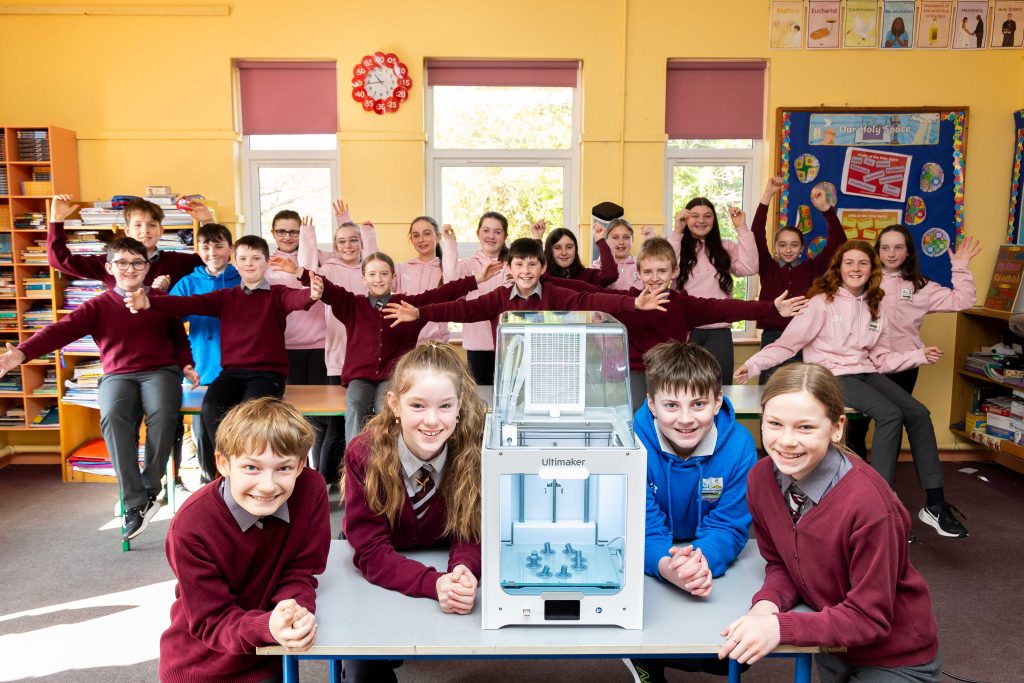
OSM PHOTO – 11/03/2024 – REPRO FREE –
Osric Cooke, Laoibhse Hayes, Gary Bennett, Chloe Walsh, Ballinacarriga National School, pictured with their classmates from 5th and 6th class, at the announcement that Ballinacarriga NS and Drinagh NS in Dunmanway were named among the winners of ‘Manufacturing a Healthy Future’ – a 3D printing design challenge. The competition was initiated by I-Form, the SFI Research Centre for Advanced Manufacturing, and Stryker. The project, supported by the European Institute of Innovation and Technology – Manufacturing, challenged young pupils to use 3D printing to give a ‘second life’ or a ‘life extension’ to something that might otherwise be thrown away. Students from Ballinacarriga NS designed a solution to extend the life of their classroom chairs; while students from Drinagh NS brought old puzzle games back to life by 3D printing the missing pieces.
Picture: Michael O’Sullivan /OSM PHOTO
Expected results
The aim is to deliver the 3D printing training programme to over 200 primary school teachers from schools across four countries (Ireland, Estonia, Lithuania and Greece). The training programme equips teachers with the skills required to operate 3D printers and design software in their classrooms, while deepening their understanding of the manufacturing industry, highlighting its dynamic and innovative career prospects.
Further teachers (including alumni from previous years) will also be involved through various project activities including the 3D printing competition and other events. Through these activities, the aim is also to engage with over 3 500 primary pupils across the four partner countries.
Participants
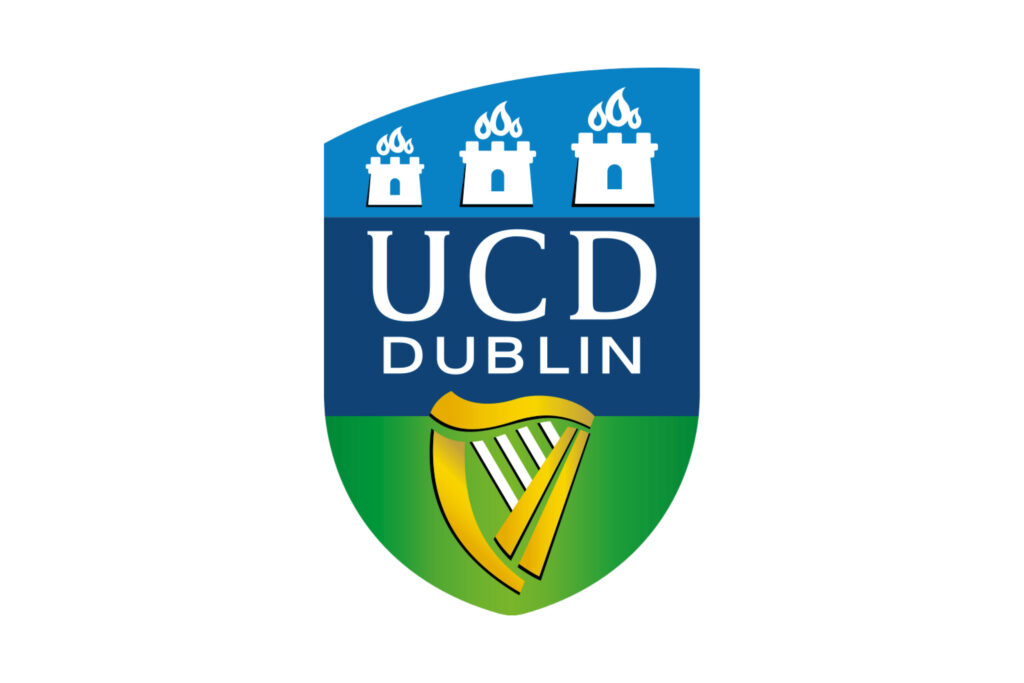
University College Dublin
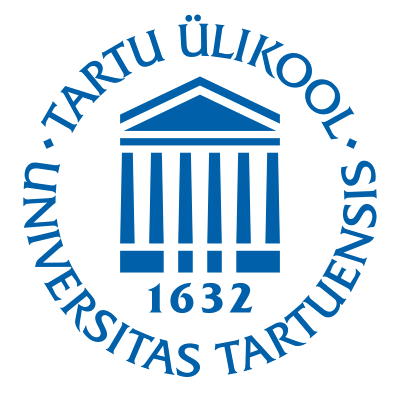
University of Tartu

LINPRA



